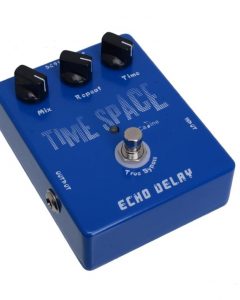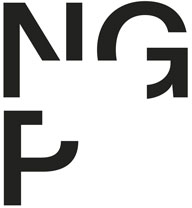Public Recording
A collective audio situation demonstrates the technical and social potential of theatre; it connects the historical with the current, and the exact with the symbolic. The allusion to using theatre space in the 1920s to listen to public radio has a whole new laboratory dimension in the progressive computer text-to-speech (TTS). The conversion of written text to spoken word creates tension between the spontaneity of live read text and the technically perfect transcript of the text; it reveals the essence of speech and its composition. A word is a segment and a missing word is moment of silence. The commonplace with which we have become accustomed to receive heard and spoken word, has a new existential dimension in the plastic arrangement of a stereotest – in the solitude of a live voice confronted with its technical extension.
“Tests can notify us of mistakes that the synthesiser is making and they help us to remove these mistakes. The most popular tests are probably semantically unpredictable sentences. Their goal is to minimize the contextual and semantic information of words in sentences, which results in making the process of recognizing speech more difficult. In this way the listener is not able to use his/her experiences to “deduce” an unknown word from the context of the surrounding words.”
An acrobat lisps over a pine suitcase
A composed newborn will be a literate hero
Raise the naughty bumblebees or tramps
Why please a carcass of half bitten skeletons
A barber saw corrosion talking
Josef Psutka, Luděk Müller, Jindřich Matoušek, Vlasta Radová: Mluvíme s počítačem česky, Academia, 2006), Mluvíme s počítačem česky [Speaking Czech with the Computer], Academia, 2006)


